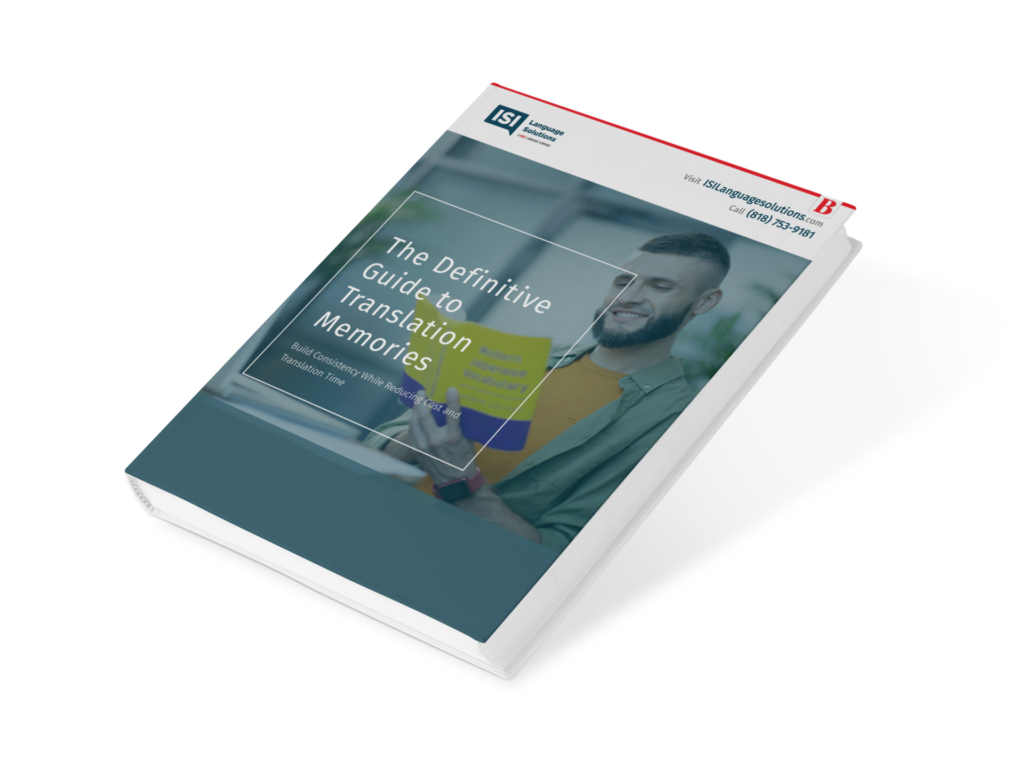Educators often request academic document translation to make learning more language accessible. Translating academic documents not only makes English Language Learner (ELL) students’ transition to the American school system easier, it also ensures meaningful communication with Limited English proficiency (LEP) parents and guardians.
Regulations governing Language Accessibility in Schools
Currently, there are regulations in the U.S. that require schools and school districts to communicate with LEP families in languages they understand. These are intended to ensure that all students receive equal access to educational opportunities and the equal chance for academic achievement, regardless of where they come from and what languages they speak at home.1
Translation for English Learner students
Translating academic documents for English Language students, such as student handbooks and report cards, can help children progress academically while learning English. Students that come from non-English speaking homes and backgrounds typically require specialized or modified instruction in both the English language and in their academic courses. Translation can aid in this transition.
Translation for Parents or Guardians with Limited English Proficiency
There is no better way to keep parents and guardians informed than by helping them understand their child’s academic progress and needs. From report cards to parent handbooks to requests for parent permission for student participation in school activities, translation bridges the communication gap.
How to identify the language needs of your students?
Identifying the needs of English-language learners is generally a two-step process, although the exact process varies by state. First, a home language survey is given that identifies students who may need English development services based on degree of English language exposure. Second, an English language assessment is given that assesses the student’s language proficiency and confirms the student’s language status.2 The Department of Education provides an English Learner Toolkit that is full of resources for identifying the needs of all English language learners.
Make your education more language accessible by translating these types of documents
There are many different types of academic documents that are required to be translated. You can view all the documents by visiting the U.S. Department of Education’s factsheet. For the purpose of this article we’ll go over some of the more commonly requested documents that teachers and educators are translating to make education more language accessible.
1. Report Cards
Perhaps one of the most valuable communication tools of academia is the student report card. In most places, the report card is issued by the school to the student or the student’s parents one to four times a year. Professional translation of report cards allows the teacher’s message to reach parents without the risk of miscommunication. Professional translation services can be beneficial when teacher comments are also a part of the student’s report card.
2. Student and Parent Handbooks
Student and parent handbooks contain important information for parents such as graduation requirements, policies, important meeting dates, testing dates, parenting tips, valuable phone numbers and school site information. When you get your handbooks finalized or updated, you will want to have them professionally translated so that they are accurate and culturally appropriate for your school’s community.
3. School Rules and Policies
It is likely your school rules and policies will need to be updated regularly. In order to make sure LEP students and family members understand newly updated rules and expectations, you will want to have these translated with each update. Most likely your school rules and policies are displayed in multiple locations, so professional translation will be key to making sure your message is consistent and effective in all of the languages you are targeting.
4. Information about Language Assistance Programs
Any time you are sharing information about language assistance programs, you will want this information available in the languages that your students and community speak, so that they know how to access these services. You will also need to make staff members aware of what to do when an individual with limited English proficiency needs assistance. Having this information available in various languages and in multiple formats provides LEP parents with the school-related information they need to make informed decisions about, and be helpful participants in, their children’s education.
5. Safety Manuals
A safety manual is designed to provide information to school employees about safety regulations and policies. It provides good safety practices, as well as general guidelines. When getting safety manuals translated, make sure to work with a professional language services company. A quality translation company will assign you a project manager to ensure your final translation is of the highest quality, and that your experience is smooth and worry free. Safety content is important so you will want it to be translated as accurately and precisely as possible.
References
1 National Clearinghouse for English Language Acquisition “Equal access to Educational Opportunities”. https://ncela.ed.gov/faqs/view/6 (accessed May 25, 2020)
2 S. Department of Education. “Schools’ Civil Righ, ts Obligations to English Learner Students and Limited English Proficient Parents”. https://www2.ed.gov/about/offices/list/ocr/ellresources.html (accessed April 15, 2020)
3 S. Department of Education. “Information for Limited English Proficient (LEP) Parents and Guardians and for Schools and School Districts that Communicate with Them”. https://www2.ed.gov/about/offices/list/ocr/ellresources.html (accessed April 15, 2020)






